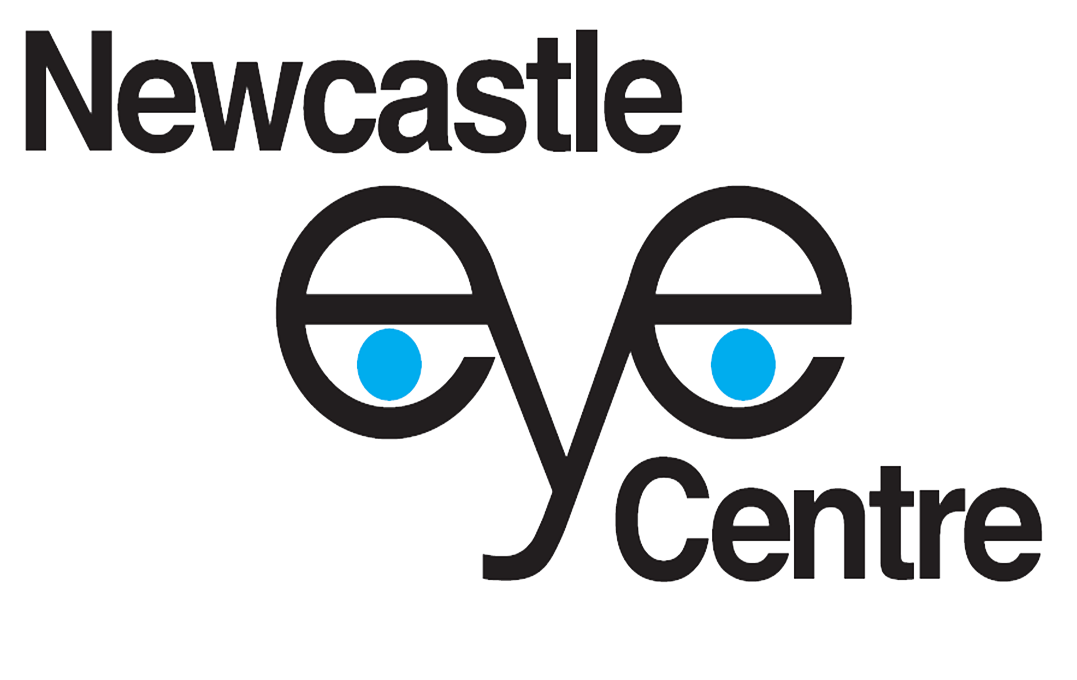Macular degeneration (MD) is the name given to a group of degenerative diseases of the retina that cause progressive, painless loss of central vision, affecting the ability to see fine detail, drive, read and recognise faces.
Although there is no cure for MD, there are treatment options that can slow down its progression, depending on the stage and type of the disease (wet, dry, and other forms). The earlier the disease is detected, the more vision you are likely to retain.
Both wet and dry forms of MD begin in the Retinal Pigment Epithelium, or RPE, a layer of cells underneath the retina. The RPE is responsible for passing oxygen, sugar and other essentials up to the retina and moving waste products down to the blood vessels underneath (these vessels are called ‘the choroid’).
MD occurs when this “garbage collection” breaks down and waste products from the retina build up underneath the RPE. These deposits, known as ‘drusen’, are easily seen by your eye care professional as yellow spots.
As MD progresses, vision loss occurs because the RPE cells die or because the RPE cells fail to prevent blood vessels from the choroid from growing into the retina.
In the early stages of MD, when drusen first appear, you may not realise anything is wrong and you may still have normal vision. That is the best time to detect the disease.
Your eye works very similar to a camera. The lens at the front of your eye focuses the image onto the retina which lines the back of the eye. The retina acts like the film in the camera. The image is sent from the retina through the optic nerve and interpreted by our brain.
The macula is the very centre of the retina. You are reading this text using your macula. It is responsible for your central, detailed vision. It is responsible for your ability to read, distinguish faces, drive a car and any other activities which require fine vision.
Your peripheral retina gives you the ability to see general shapes and gives you your ‘get-about’ or peripheral vision.
The Macular Disease Foundation has a wealth of information about MD. Click here.
Age-Related Macular Degeneration (AMD)
The macula is a small area of the retina. It is highly sensitive and produces detailed, colour images in the centre of the field of vision. Macular degeneration (MD) occurs when the macula is damaged. MD usually affects both eyes, but it may produce symptoms in one eye first. If MD continues to its late stages, severe visual impairment can result. In most cases, visual loss is in the central part of vision.
The most common type of MD is age-related macular degeneration (AMD). It usually occurs in people older than 50 years. When complications of AMD threaten sight and cause substantial disturbances of vision, the condition is called “late AMD”.
Click here to view an information sheet from RANZCO on Age-Related Macular Degeneration.
Vision Australia also has many wonderful resources for patients and their carers. Click here to visit.
New Approaches to AMD
Also known as Retinal Rejuvenation Therapy, 2RT is a non-invasive retinal laser procedure that stimulates a natural, biological healing response in the eye to treat the early stages of Age-Related Macular Degeneration. It is performed in your ophthalmologist’s clinic and typically takes no more than 10 minutes.
How does 2RT work?
In order to treat early AMD, 2RT applies nanosecond pulses of low-energy laser light to small, specifically targeted areas of the outer macula. Clinical studies have shown that the application of the 2RT laser light delivers functional improvement in both the treated and untreated eye. Many patients will also experience a reduction in drusen.
Conventional retinal laser therapy uses millisecond treatment times. In contrast, 2RT applies nanosecond pulses of low-energy laser light to induce the desired therapeutic effect whilst preserving the sensitive structures of the eye from coagulative damage.
For more information on the 2RT laser, click here.
The SML has been developed for patients with MACULAR DEGENERATION – preferably DRY AMD but it might be helpful for patients with other macular diseases, for example myopic maculopathy, diabetic maculopathy or hereditary retinal diseases.
THE SML…
- enables most patients to read again and distinguish small details
- does not affect your distance vision
- will not influence your regular eye-checkup
HOW DOES THE SML DIFFER FROM OTHER LENSES?
SML is the only macular lens that can be implanted through a microincision of about 2 mm. All other AMD lens implants require a larger incision, which can affect post-surgery recovery.
The surgery is safe and easy – it takes approx. 15 minutes.
Distance vision and the visual field are not impaired after implantation of the SML.
The SML is designed for pseudophakic patients – having an intraocular lens already. Therefore the SML is a secondary lens to be placed in front of a primary intraocular lens. The SML can be implanted simultaneously during cataract surgery or years later.
The recovery after surgery is usually very quick and most probably you will experience a significant improvement in your reading ability from the first postoperative day.Eventually you might need a little bit more time to adapt and to train your brain to use the benefits of your newly implanted SML.
New Eye Centre is the only practice in the Newcastle and Hunter region to offer this grounding breaking treatment. Click here to download a brochure or contact the team to book an appointment and discuss your suitability.
